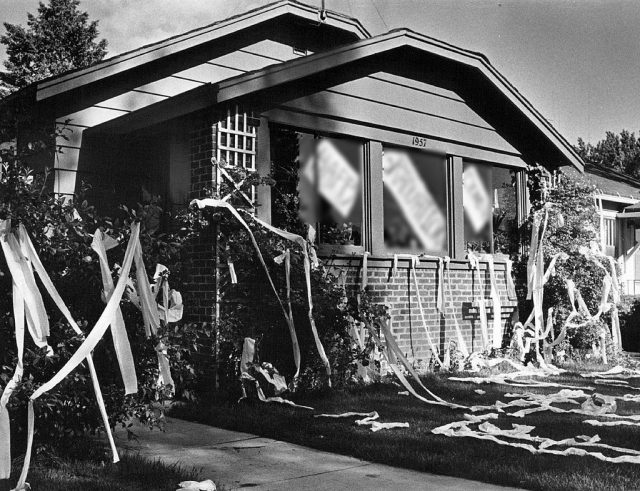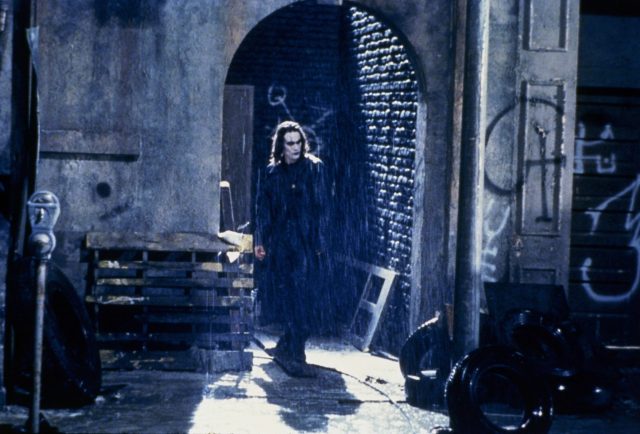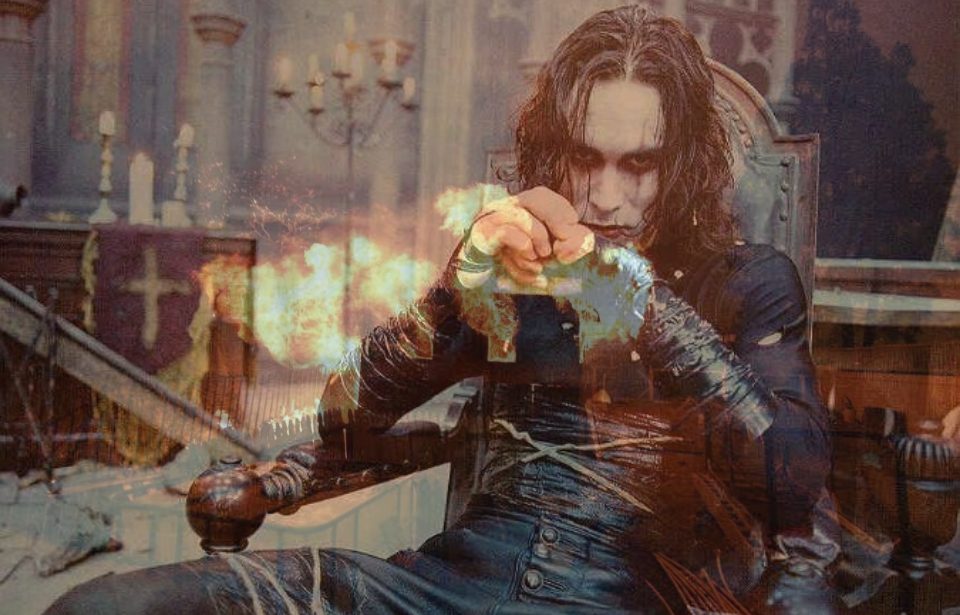October 30th – Devil’s Night. Often referred to as “Mischief Night” in other areas of the United States, it’s a night of mischief and crime on the streets of Detroit, Michigan. While it started out with petty pranks and Halloween-themed activities, it soon became an event focused on arson, leaving the city in a state of terror.
History of Devil’s Night
The beginning of Devil’s Night is contested, with historians placing its origins between the 1910s and 1940s. It’s believed to have started in Michigan with students at the former Detroit College of Medicine, who set large bonfires in the streets. While they were friendly with the firefighters, often handing them cigars when they arrived to put out the blazes, Detroit Police Commissioner Heinrich A. Pickert soon began to threaten them with jail.
In the 1940s, Devil’s Night was traditionally a time when the city’s youth participated in petty crime and mischievous behavior. This included toilet papering trees and houses; egging, waxing or soaping windows and doors; and leaving flaming bags of dog feces or rotten vegetables on the front stoops of houses.

In an interview with Refinery29, BBC HistoryExtra‘s Owen Davies explained the tradition may have been influenced by Halloween activity in Ireland:
“Devil’s Night in Michigan was part of the much wider Halloween tradition of mischief night in the USA. It seems to draw heavily on a similar Irish tradition of Halloween violence and vandalism. It was well-ingrained in the big cities by the 1930s, with the youths of Dallas, for instance, greasing the railway tracks, puncturing tires, smashing windows, and turning over outdoor toilets.”
Escalation in arson activity
Starting in the 1970s, the vandalism typically associated with Devil’s Night increased to more serious crimes, such as arson. Fires were set to houses, abandoned buildings, cars and dumpsters, and while the majority of this took place in Detroit‘s inner city, the surrounding suburbs were also affected.

The destruction caused on Devil’s Night hit an all-time high in the mid-to-late-1980s, with over 800 fires being set in 1984. It’s estimated that between 1979 and 2010, more than 100 fires broke out in Detroit every Devil’s Night.
Devil’s Night turns into Angel’s Night
While Devil’s Night activity reached its peak in the 1980s, the arsons hadn’t declined by the early 1990s. It wasn’t until 1994 that the city and its officials received a wake-up call, after a one-year-old girl was killed and four others injured following a fire at their four-story apartment building. While it was never confirmed the incident was related to Devil’s Night, it did cause Mayor Dennis Archer to promise change.
The following year, city officials created Angel’s Night, implemented a 9:00 P.M. curfew for minors, banned portable gasoline containers, and launched gas restrictions. Around 50,000 Detroit residents volunteered to take part in Angel’s Night, keeping a high profile while they patrolled neighborhoods and relayed information to command centers via CB radios and cellphones.
More from us: Add These Haunted Houses from Across America to Your Road Trip Bucket List!
As the years went by, arson and other crime related to Devil’s Night became to decline, with fires decreasing to near-ordinary levels between 2000 and 2009. While there was a sharp increase in incidents in 2010, this appeared to be an anomaly, with arson cases continuing to decrease in subsequent years.
Following a successful campaign the year before, Angel’s Night was disbanded in 2018.
